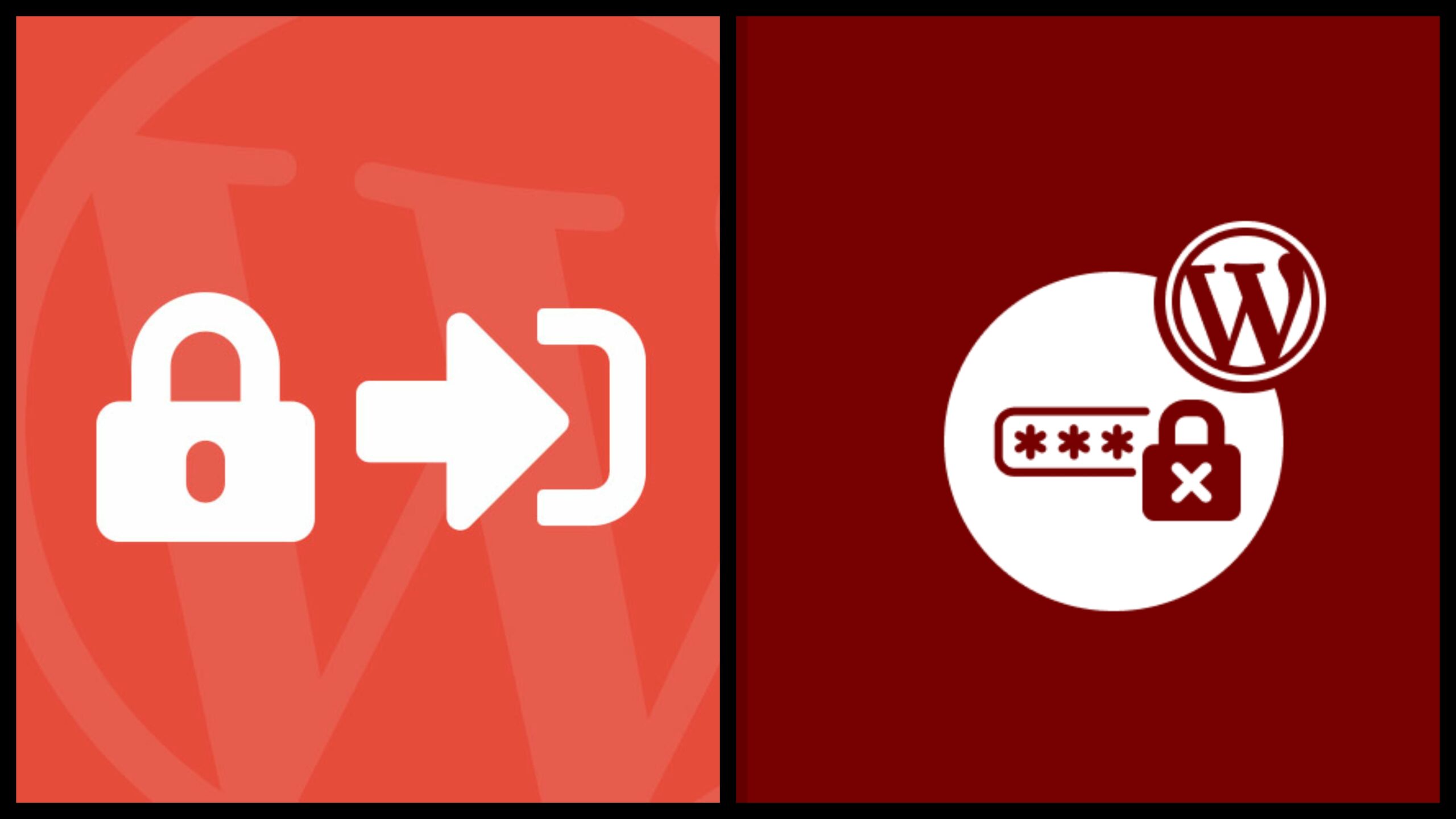
How and why changing your WordPress login URL is a good idea
Your WordPress website can be secured against unauthorized access by using a strong, one-of-a-kind password. However, attackers have clever strategies for circumventing this. Hence, it isn’t generally sufficient to safeguard your site against assaults appropriately.
Fortunately, you can move your WordPress login page to a new URL to reduce the likelihood that hackers will gain access to your website. You may be better able to defend against brute-force and hacking attacks as a result of this.
The reasons why you should consider changing your WordPress login URL will be discussed in greater detail in this article. After that, we’ll demonstrate two different ways to modify your login URL. Let’s get going!

Why changing your WordPress login URL is a good idea.
Because WordPress doesn’t hide your login page, any user who knows how WordPress organizes its URLs can find it. A login page’s default structure looks something like this:
https://example.com/wp-login.php Many people prefer to sign into WordPress using this default wp-login structure for simplicity’s sake. However, by leaving this as it is, you are actually giving attackers access to more than half of your login credentials.
If your password is common, weak, and simple to guess, this is especially risky. In a nutshell, this is a flaw that is unnecessary and simple to fix.
By changing your WordPress login URL, you can make your login page more secure. Consequently, you can reduce the likelihood of brute-force attacks and prevent unauthorized access to your website.
How to Find the URL for Your WordPress Login.
As we referenced in the past segment, WordPress involves a standard sign-in connect structure that looks something like this:
So, all you have to do to get to your login page is add the suffix to your domain at https://example.com/wp-login.php.
Try accessing your WordPress dashboard while logged out to locate your login page. Just enter “yourwebsite.com/wp-administrator” into the inquiry bar and you’ll arrive on the equivalent login page.
However, keep in mind that, for security reasons, some web hosts automatically modify your WordPress login page. As a result, you may already have a unique login URL. In the following section, we will explain how to locate this.
How to Locate an Individual WordPress Login URL.
If your web host has changed your login URL, you can usually find it in your control panel or an email. Some hosts even include links to the WordPress admin dashboard that can be accessed with just one click.
However, you can manually locate your custom login URL if you are unable to use one of those options. You’ll should simply associate with your site utilizing SFTP.
A client like FileZilla is an option. Remember that your FTP credentials, which can be obtained from your web host, are necessary.
How to Change the URL of Your WordPress Login Two Ways
Let’s look at two simple ways to modify your WordPress login URL now that you know where to find it.
1st Method: Using a plugin, change your WordPress login URL.
Changing your WordPress login URL with a plugin is the simplest method. Fortunately, there are a lot of modules accessible that can empower this usefulness.
Strategy 2: Editing your wp-login.php file lets you change your WordPress login URL.
This second approach is more difficult and only suitable for seasoned users. As a result, it is in your best interest to create a brand-new backup of your website prior to beginning the subsequent steps in case anything goes wrong.
When you update your theme, it’s also important to know that your changes may return to their previous settings. Notwithstanding, you can keep away from this issue by utilizing a kid subject.
Additional Security Measures for the WordPress Login Process
Changing the URL of your WordPress login is a great way to improve your site’s security. But that isn’t all you can do. Another way to protect the WordPress login process is as follows:
1. Limit the number of times you try to log in.
Hackers and bots that attempt to access your website using hundreds of usernames and passwords can be stopped by restricting login attempts. Since brute force attacks are the second most common kind of online threat, this is especially important.
2. Put two-factor authentication into place.
Users are required to provide more than just their standard login credentials when using two-factor authentication. Instead, users are prompted to generate a second key immediately.
3. Apply CAPTCHA.
Manual human test or reCAPTCHA gives an additional layer of safety for your site. It is typically used to restrict access to confidential pages. Additionally, it may prevent bots from accessing personal information via order or login forms on your website or creating spam.
4. Make sure passwords are strong.
Change the WordPress login URL to avoid using the easily guessed “admin” suffix. This is a great idea. However, if you continue to use weak or repeated passwords that increase the likelihood of an attack on your account, your efforts will be in vain.
In fact, only 24% of web users in the United States use a unique password for each online account. In the meantime, only 44% of users make use of a password manager to securely generate and store passwords.
Increase WordPress security by changing your login URL.
It can be difficult to guarantee your WordPress website’s security. Fortunately, changing your WordPress login URL is one way to accomplish this. Unless you provide users with your brand-new, individualized login URL, it will be nearly impossible for them to locate your login page.



Leave a Reply